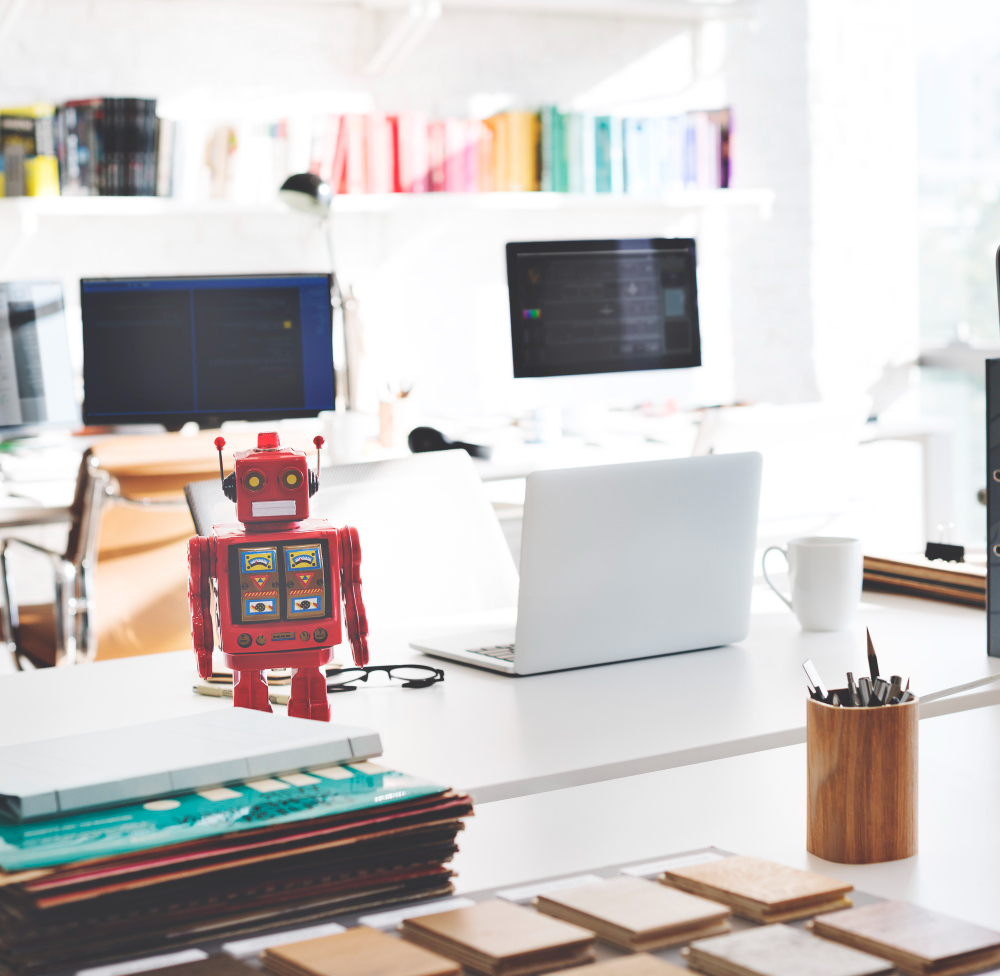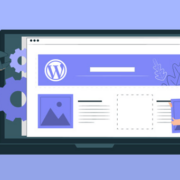AI in the Workplace: Why Guru is Your Ultim Knowledge Management Tool
The explosive rise of artificial intelligence (AI) is changing the modern workplace in dramatic new ways. Work that previously took a long time, manual work, and/or continuous collaboration can now be finished in less time and with less error. Among the breakthrough tools that are powering this change is Guru (an AI-based knowledge management tool) which can enable teams to work more smartly than dumbly. As AI tools like Guru gain traction, they are transforming how workers access and manage information, making the era of “shoulder tapping” a relic of the past.
The AI Revolution in Knowledge Management
Over the years, the average work day was routinely interrupted. Need help finding a specific company policy? Tap someone on the shoulder. In an attempt to shed light on a process concealed at the very bottom of an ancient paper record. Interrupt a colleague. Such interactions may seem inconsequential at the level of one single unit, but together they lead to time wastage, frustration,n and knowledge traps. AI, however, is changing all of that.
It is a dynamic, context-aware system that utilizes AI search to present relevant knowledge wherever you are working.
With Guru, the days of rummaging through emails, outdated intranets, or endless Slack messages are over. However, with a combined view of multiple areas, these workers can search effortlessly across shared platforms such as Google Workspace, Microsoft Teams, Slack, and others, and find what they need in a few seconds.
How Guru Enhances Workplace Efficiency
Preparing for a client presentation. Conventionally, to get a consistent deck, you would collect data from different departments, such as sales, marketing, and customer service. Without a central repository of knowledge, this task would easily consume hours, that is, encompassing several iterations of email exchanges, one-on-one meetings, and possibly re-asking data requests.
With Guru, however, all relevant data—case studies, customer FAQs, sales pitches, and even training materials—is at your fingertips. Its AI ability enables it to take an inquiry and give an immediate, accurate answer. This not only saves time but also builds upon autonomy, so that employees’ own decisions, rather than those of their supervisors, drive their work.
AI Replacing “Shoulder Tapping” in the Workplace
The most exciting result of AI applications like Guru may be the potential to end the need for frequent interruptions between peers. Shoulder tapping” [i.e., asking colleagues for assistance] ergonomically stands as a classic feature of the office. Despite the fact that consultation sessions can seem trivial in terms of length, they could be a cause for disruptions to workflows. Research indicates that it may be possible to take more than 20 minutes before being able to refocus following the interruption, such a hidden cost that accumulates in teams and organizations.
Using Guru, AI can get rid of such breakages by providing the function of an intelligent, real-time virtual collaborator. Suppose there is a need for an explanation of a measure for a specific project or for any information on a regulatory issue. Instead of asking a colleague and potentially pulling them away from their task, Guru delivers an accurate answer directly within the app or platform you’re using.
This democratization of knowledge is such that relevant data will reach all who do not have either status or technical skill. It empowers workers to collaborate more effectively and focus on strategic tasks instead of playing detective for basic information.
Guru vs. Other AI Search Tools
Guru is not the only figure on the AI knowledge turf. Platforms such as Notion AI, ChatGPT for Business, and even Google Workspace AI are strong tools for information management and workflow optimization. However, the uniqueness of Guru lies in its ability to seamlessly integrate into your organization’s current tech stack, without losing sight of the simple interface.
Shruwing and unlike Perplexity, or Google, which are respectively both robust general-purpose instruments, Guru is tailored to workplace dynamics. However, it is the machine-learning algorithms that learn about your company’s specific workflows, and adjust, to answer questions in a way that delivers contextually appropriate information. This partitioning is a significant asset for teams interested in to enhance the workflow of their knowledge management.
Guru also offers a proactive approach to knowledge sharing. By leveraging its AI-driven recommendations, it identifies knowledge holes in your knowledge repository and keeps your team going drafting or embedding information. This ensures your organization’s resources are always current, relevant, and easily searchable.
The Broader Landscape of AI Search
What is truly revolutionary is the possibility that these “tools” can turn raw data into actionable intelligence. Instead of wading through endless files or emails, workers can ask an AI tool to summarize a policy, analyze trends, or even generate suggestions for improvement. This functionality is particularly useful for hybrid and telework, for which access to centrally Located Resources is of a very important nature.
The Future of Work with AI
With the further development of AI systems, like Guru, their underlying foundation will change the nature of work environments. AI has the potential to become as essential as, if not more so than, email or video conferencing, as it transforms productivity, and promotes collaboration and creativity.
With instant access to data and the fading use of old ways to communicate, sites such as Guru allow people to be effective in what matters creating solutions, fostering growth, and generating value. There is a wealth of choices in the AI search space, however, Guru’s combination of accessibility, integration, and proactive knowledge management differentiates it as the frontrunner in the field.




